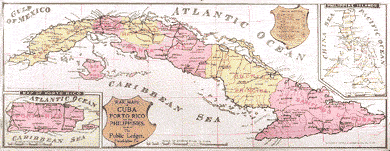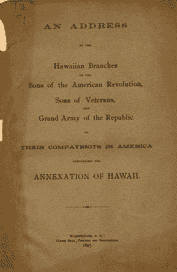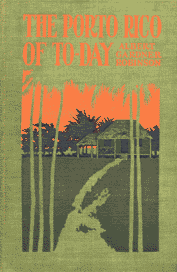 |
Imperialism and Internationalism
After the West was "won," the United States turned its sights on island territories beyond the continent. In 1898, the United States annexed Hawaii and won a short and decisive war with Spain, thereby adding Puerto Rico, Cuba and the Philippines as American properties. To most Americans, these were wild and exotic lands; tropical diseases and a rudimentary infrastructure proved challenging to all new arrivals, and discouraged women from coming at all, resulting in a heavily military, and male, American presence. American soldiers or adventurers came into contact with indigenous men and women who, with the exception of Hawaii, initially welcomed them as liberators. But in the end, it didn’t matter how one dressed, worshipped, or identified oneself, representatives of the United States maintained a clear distinction between them and us.
The striking and enduring image of a colonizing newcomer arriving in a new land and subjugating or dominating the indigenous peoples was often enacted specifically between American men and native women. Hawaii’s last queen, Liliuokalani, was tried for treason and imprisoned in her own palace after American Marines overcame her resistance and forced her to abdicate.
The legacies of this late-nineteenth century vision of America live on in the conflict between the American military and locals on the Puerto Rican island of Vieques; the economic standoff and rhetorical war over freedom, free-enterprise and the United States military forces in Cuba; the governmental and economic struggles in the Philippines; and a renewed call in Hawaii for a return to the native monarchy.
|
 |





|
 |

